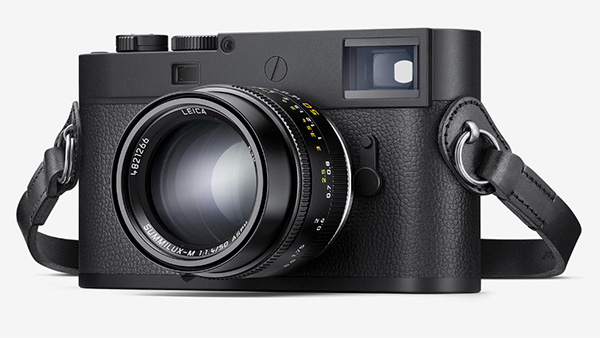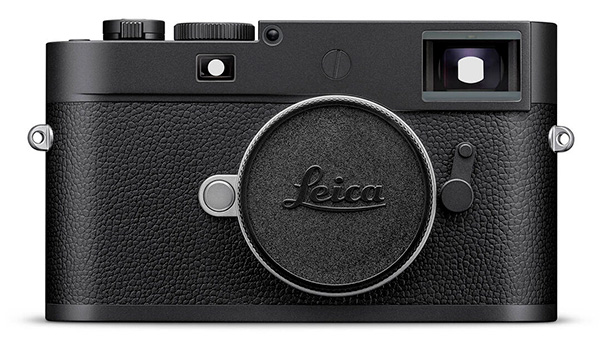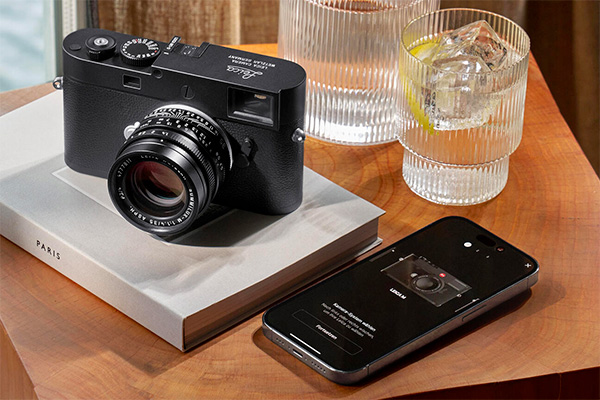‘The essentials‘ – the essential -: this is one of Leica’s mantras and it is a concept that we often see applied to the products of the German company, minimalist in aesthetics and interface. The new Leica M11-D takes this concept to the extreme and is designed for photographers who don’t want distractions while shooting.
Leica M11-D: The Essentials
One of the most frequent distractions is reviewing photos: sometimes you miss the right moment because you were busy reviewing previous shots to evaluate whether they were good or not. The Leica M11-D eliminates this distraction altogether by doing without a rear display.. Being a rangefinder camera, of course, it does not even have an electronic viewfinder, but everything is simply ‘optical’. In place of the rear display we find a ring for adjusting the shutter speed, which is very reminiscent of the one found on many cameras in the film days.

This is an extreme choice, but it will certainly attract the attention of those who shot in the analogue era and could only evaluate their photos after passing through the darkroom. The Leica M11-D combines this vintage shooting mode with a modern heart, which takes up all the good things seen on the Leica M11-P.
The Leica M11-P is a renewed and revised version of the Leica M that takes on all the features of the Leica M11, but with some significant technological innovations. In the name of the camera, ‘P’ stands for Photojournalism and among the differences with the standard model we find the use of a more resistant sapphire glass to protect the rear display, the lack of the red dot (to make the camera more discreet together with the matte black finish of the camera body) and the integration of a memory of well 256 GB which flanks the UHS-II SD card slot.

The heart of the camera is always the 60 megapixel BSI (back-illuminated) CMOS sensor which, with a pixel-binning solution that Leica calls Triple Resolution Technology, can also work at 36 megapixels and 18 megapixels in RAW, thus combining the detail of the maximum resolution with a base ISO 64 and a dynamic range of 15 stops when working at 36 or 18 Mpixels.
The new Leica M11-D also shares with its P sister the native integration of content authentication according to the Content Authenticity Initiative (CAI) and the C2PA standard. Content Credentials are part of the CAI – Content Authenticity Initiative, announced by Adobe in 2019 to help fight misinformation and ensure the correct attribution of content to creators and which today counts hundreds of partners.
Of course, someone might argue that doing without the rear screen altogether might not be a very ingenious move: you can’t notice in time, for example, any errors in exposure and shooting parameters. Those who like this approach will answer that the lack of a display helps concentration and focus when shooting, but the Leica M11-D is certainly not a camera for everyone. What makes it exclusive is also the price 9,500 euros400 more than the M11-P, despite having one less element (the display).

In any case, there is a workaround (and it works very well): the camera can be connected to thePhotos app and you can set the automatic download of photos, so if you have any doubts, just take your smartphone out of your pocket and take a look at your shots: they haven’t yet found a way to do that without a screen.
Source: www.fotografidigitali.it


